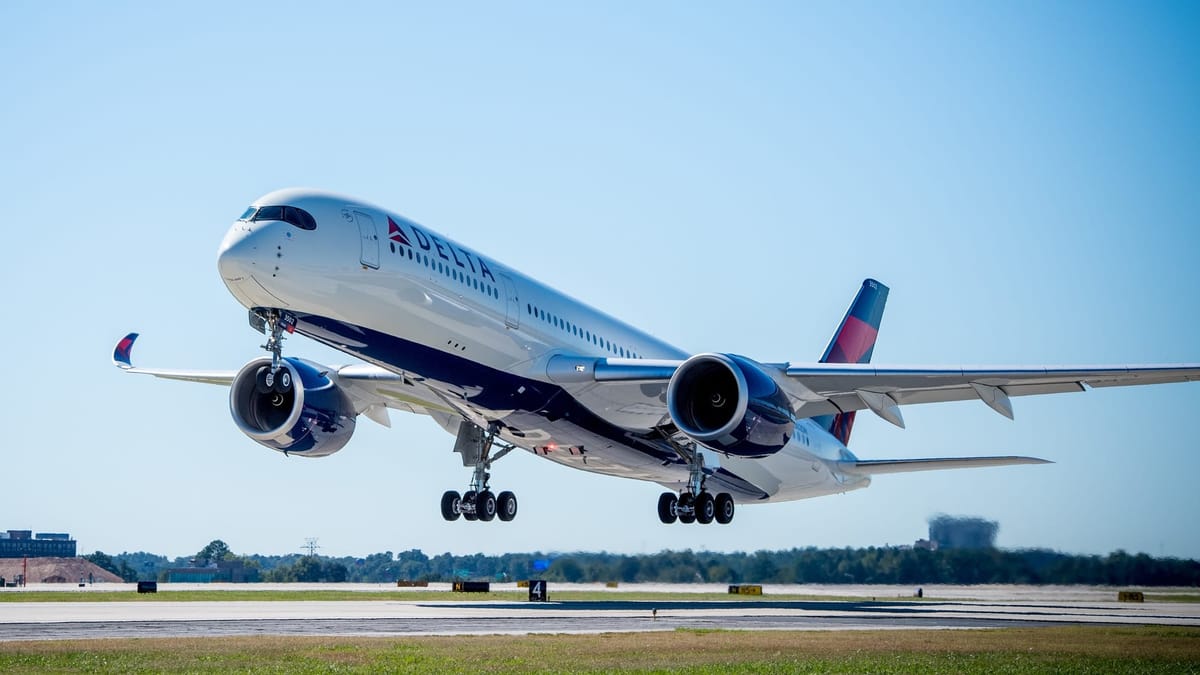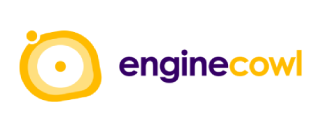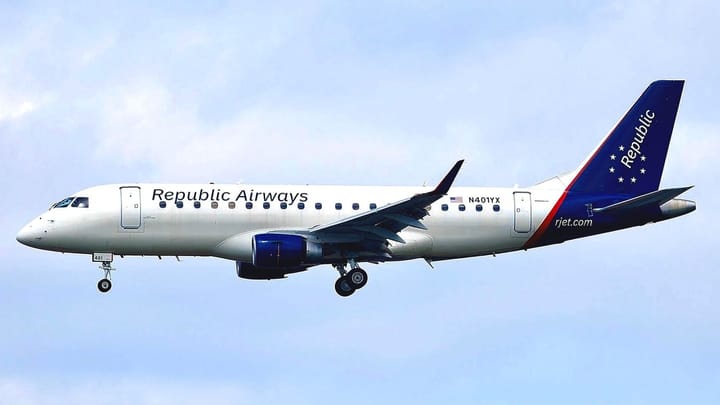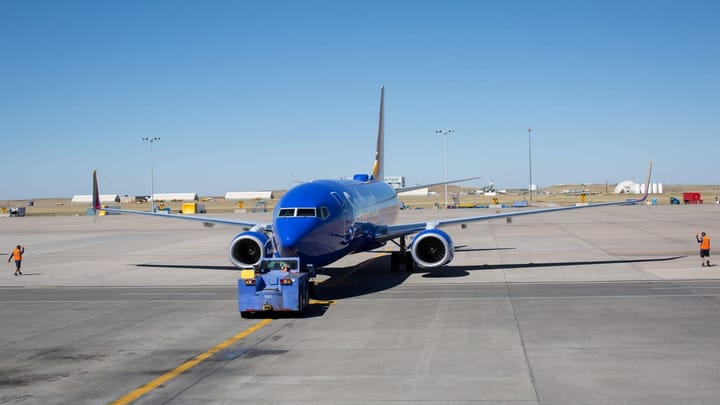Delta’s Main-to-Premium quarterly revenue gap narrows to $267M
The difference between Delta Air Lines' main and premium cabin revenues was $973 million in Q3 2024.

Delta Air Lines has published its Q3 2025 financial results, with the airline once again indicating that it had a record-breaking quarter revenue-wise. Interestingly, the revenue gap between main and premium cabins has narrowed to only $267 million, with the United States airline industry increasingly catering to premium leisure and premium passengers.
Delta Air Lines’ financial results, posted on October 9, 2025, showed that the airline ended the quarter with non-adjusted revenues of $16.6 billion, up 6% year-on-year (YoY), and operating costs that grew 5% YoY to $14.9 billion, resulting in a net profit of $1.4 billion.
However, passenger revenues numbered $13.5 billion, which were split between $6 billion and $5.7 billion from its main and premium cabins, respectively, narrowing the gap between the two cabins to just $267 million.
In Q3 2024, the gap was $973 million.
While main cabin revenue decreased 4% YoY or $246 million, premium cabins’ income grew by 9% YoY, or $460 million, enabling the airline to close the gap between the two. Year-to-date (YTD), Delta Air Lines’ main cabin revenue was $17.7 billion, while premium cabin income was $16.4 billion.
Compared to 2024, nine-month main and premium cabins’ revenues were 4% down and 7% up, with the gap between the two being $1.3 billion. During the first nine months of 2024, the revenue gap between the two cabins was $3 billion.
In Q3 2025, loyalty travel awards and travel-related services’ revenues were $1.1 billion and $539 million, respectively.
Quarterly passenger revenues grew 3% YoY, while Delta Air Lines’ nine-month passenger revenues increased by 2% to $38.8 billion. Nine-month overall revenues grew to $47.3 billion, or 3% YoY.
Glen Hauenstein, the President of Delta Air Lines, said that the quarter’s adjusted revenue of $15.2 billion reflected “the strength of our diverse, high-margin revenue streams, and improving domestic fundamentals.”
“Over the last 6 weeks, sales trends have accelerated across all geographies and in every advance purchase window, positioning Delta to finish the year with momentum.”
Meanwhile, Ed Bastian, the Chief Executive Officer (CEO) of Delta Air Lines, added that the quarterly results were further evidence of the airline’s competitive advantages and differentiation as it continues to “elevate the customer experience and extend our industry leadership.”
“Momentum is continuing into the final stretch of our Centennial year, positioning us to deliver strong December quarter earnings. Looking to 2026, Delta is well positioned to deliver top-line growth, margin expansion, and earnings improvement consistent with our long-term financial framework.”
Dan Janki, the Chief Financial Officer of Delta Airlines, said that non-fuel unit cost growth was approximately flat YoY, which brought down YTD non-fuel cost unit growth to less than 2%. This was “consistent with our low-single digit guidance at the start of the year, even as we reduced capacity post summer to align to demand.”
The carrier’s quarterly capacity, measured in available seat miles (ASMs), was up 4% YoY, while revenue passenger miles (RPM), indicating demand, were up 2% YoY. Yields also increased by 1%, while load factors dropped by 1% to 86%.
Furthermore, despite introducing nine new transatlantic routes during this summer season, Delta Air Lines’ transatlantic revenue, unit revenue, and yields all contracted YoY. Transpacific revenues grew 3%, yet unit revenue and yield were also lower by 4% and 6% YoY, respectively.
Delta Air Lines’ guidance for Q4 2025 is that its revenue would be up 2% to 4% YoY with an operating margin of between 10.5% and 12%. Earnings per share (EPS) should be in the range of $1.60 and $1.90.
Full-year EPS should be around $6, compared to the EPS of $5.33 in 2024, while free cash flow could be between $3.5 billion and $4 billion. In 2024, free cash flow was $3.4 billion.
When it unveiled its 2024 results on January 10, 2025, the carrier’s 2025 EPS guidance was 10% growth, while free cash flow was estimated to be greater than $4 billion.




Comments ()